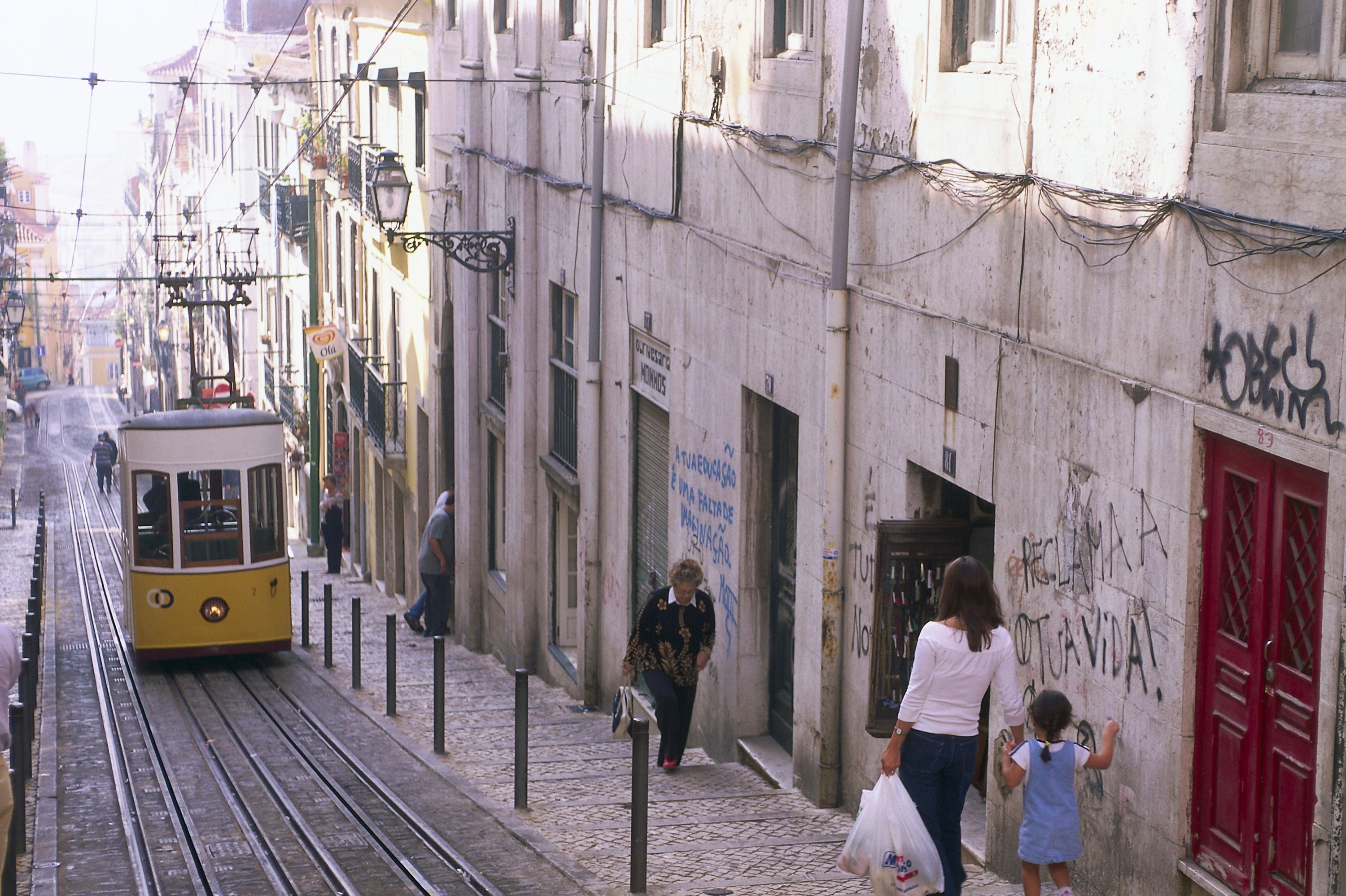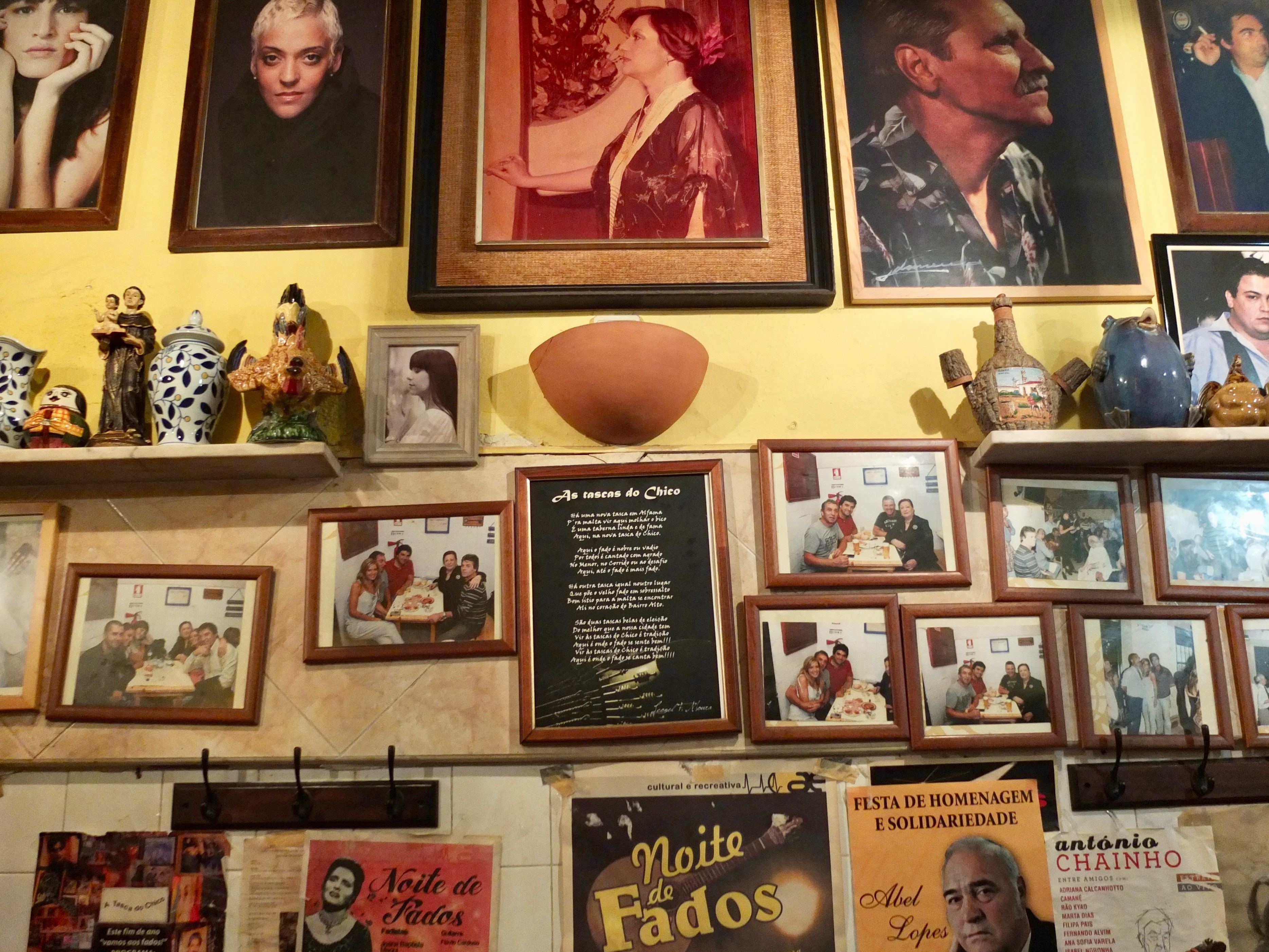Planning your own trip? Prepare for your trip
Use Rough Guides' trusted partners for great rates
- Portugal
- Lisbon
Plan and book your private, tailor-made tour with vetted local experts
Perched above central Lisbon, west of the Baixa, the Bairro Alto – or “upper town” – feels quiet and residential by day, its tight grid of lanes dotted with indie boutiques and street art. But by night, it shifts gears fast. This is one of Portugal’s best-known nightlife hubs, packed with bars, fado clubs, and buzzy restaurants. The liveliest streets stretch west of Rua da Misericórdia, where graffiti-covered buildings and car-free alleys set the scene. You might still spot the occasional sketchy character around Rua da Atalaia, but keep your valuables out of sight and you’ll be fine.

Hey, I’m Luis, your Portugal travel expert, and Bairro Alto is one of those places in Lisbon that flips its personality depending on the hour. By day, it feels like a faded old neighborhood still waking up. Quiet streets, laundry on balconies, the smell of coffee drifting from corner cafés. But after dark, it becomes something else entirely. This is one of the city’s biggest nightlife zones, and it does not hold back.
If you're planning where to base yourself in the capital, Bairro Alto is one of the best areas to stay in Lisbon if nightlife is your thing. It’s also within walking distance of Chiado, Principe Real, and the riverfront, which makes it a solid base for exploring. Just be warned: this neighborhood does not do early nights. If you’re a light sleeper, consider staying nearby instead and walking in for the action.
You don’t come to Bairro Alto for museums or monuments. You come to feel the pulse of the city after dark. Think live fado echoing through tiny taverns, streets packed with people holding plastic cups of beer, and the occasional impromptu street performance. It can be chaotic, loud, and a bit gritty, but that’s part of its charm.
If your trip to Portugal includes a night in Lisbon, don’t miss Bairro Alto. Start with dinner in nearby Chiado or along Rua da Rosa, then wander through the graffiti-covered lanes and see where the music pulls you. No one really bar-hops here with a plan. You just follow the crowd, the sound, or the smell of something sizzling over charcoal.
Luis's tips for Bairro Alto
The simplest way to reach Bairro Alto is to walk, though you will need to tackle a steep uphill stretch. Calçada da Glória will do the job, but there is a more interesting way to get there.
Take one of Lisbon’s historic funiculars. These old yellow trams still clatter up the hills with style. The most convenient is the Elevador da Glória, which runs from Praça dos Restauradores to Rua de São Pedro de Alcântara, right next to a garden viewpoint with wide city views.
Other routes include:
You can use a standard Viva Viagem public transport card on all of them.

Lisbon tram @ Shutterstock
The Bairro Alto should be on your Portugal itinerary, especially if you're looking for more than just museums and monuments. While most people come for the nightlife, there are plenty of daytime highlights too. If you're ticking off the best things to do in Lisbon, Bairro Alto deserves a few hours of your time.
From the outside, this sixteenth-century church looks plain. Inside, it is one of the richest churches in the city. The side chapels are covered in azulejos, marble, and gold details. The most impressive is the Capela de São João Baptista, built in Rome and shipped to Lisbon in 1749. It is packed with lapis lazuli, mosaics, and ivory inlays.
Next door, the Museu de São Roque houses religious art from the sixteenth to eighteenth centuries. Some exhibits are forgettable, but the craftsmanship on display is worth a visit.
This ruined convent in Largo do Carmo is one of Lisbon’s most atmospheric sites. Its Gothic arches have stood roofless since the 1755 earthquake. The space feels more like a sculpture park than a traditional church.
Inside, the small archaeological museum holds tombs, carvings, and artifacts from across Portugal. It is quiet, slightly eerie, and completely unique.
Just north of Bairro Alto, this square is a relaxed alternative to the busy streets below. It is surrounded by former aristocratic homes, now used as offices, boutiques, and cafés. During the day, locals play cards under the trees while kids run around the playground.
In the evening, the square becomes the heart of Lisbon’s LGBTQ+ scene, especially on weekends.

The Bairro Alto neighbourhood in Lisbon
Beneath the fountain in Praça do Príncipe Real, you can enter a hidden nineteenth-century reservoir. Its brick arches and vaulted ceilings are part of the old water system that supplied the city.
Guided tours take you through the underground structure and into a 410-meter tunnel that leads to Miradouro de São Pedro de Alcântara. It is narrow and humid, so skip it if you're claustrophobic.
You will find this botanical garden tucked behind the Natural History Museum. Laid out in the late nineteenth century, it includes over twenty thousand plant species from around the world. Many were brought to Europe by Portuguese explorers.
There is also a butterfly house called Lugartagis. It is small but peaceful and a good spot for a break.
This is one of the best viewpoints in Lisbon, offering a full sweep across the rooftops to the castle and the river beyond. The terrace is lined with gardens, and there is a kiosk selling drinks if you want to take it all in with a beer. It is especially popular at sunset, when the city lights start to flicker on. From here, it is just a short walk into Bairro Alto’s nightlife zone.

Portugal, Lisbon
These two streets are the core of Bairro Alto’s nightlife. Rua da Atalaia is rough around the edges, loud, and full of bars that spill into the street. Rua da Rosa is slightly more laid-back, with wine bars, local restaurants, and a few vintage shops that open late. You do not need a plan, just wander and follow the music. If you are bar-hopping in Lisbon, this is where you want to be after dark.
This tiny bar delivers one of the most intimate fado experiences in Lisbon. It is loud, cramped, and completely unpolished. Singers perform between tables while staff serve plates of grilled sausage and red wine. You might have to wait for a seat, but it is worth it. No glitz, no stage, just emotion and a raw connection with the music. Fado purists might scoff, but it is an unforgettable introduction to Portugal’s traditional sound.
Bairro Alto is covered in graffiti, from angry scrawls to full-scale murals. Look for bold pieces on Rua da Vinha and Travessa dos Fiéis de Deus, and check the walls near the Elevador da Glória for some of the best work. The art changes constantly, with new layers added every week. It is part political protest, part local expression, and part visual chaos. If you enjoy street art, you will find plenty worth photographing here.

Tasca do Chico, Lisbon
If you’re wondering where to eat in Lisbon, Bairro Alto is a solid place to start. This is not fine dining territory, think small, loud tascas, packed petisco bars, and late-night snacks to soak up the vinho. You’ll find everything from cheap bifanas to well-poured cocktails, with a few standout modern spots tucked between the graffiti-covered façades. Prices can vary wildly, and service can be hit or miss, but the atmosphere makes up for it.
Discover Portugal's most captivating stories
Use Rough Guides' trusted partners for great rates
written by
Olga Sitnitsa
Online editor at Rough Guides, specialising in travel content. Passionate about creating compelling stories and inspiring others to explore the world.